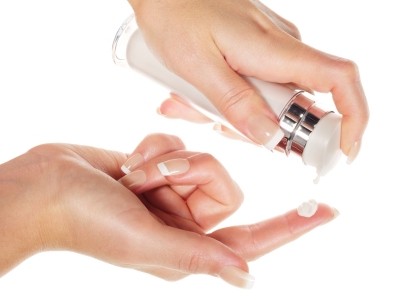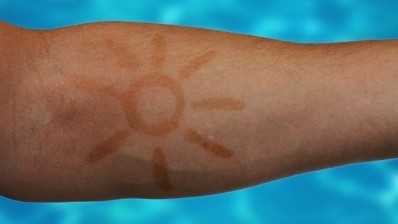DSM unveils new technology to assess facial skin moisturisation

Skin moisturisation is one of the most important concerns in the average consumer's daily skin care regime, not only because adequate moisture levels help to enhance the overall health of the skin, but also because it is invariably the most effective way of relieving fine lines and wrinkles.
DSM’s new methodology focuses on enabling formulation developers to visually assess the effectiveness of facial skin moisturisation agents, placing researchers in a position to more effectively enhance formulations for the best outcome.
More specifically the platform has been developed to advance understanding of the epidermis with the help of newly created methodologies to develop innovative products that tackle the very common problem of cosmetic dry skin.
90% of UK women report skin dryness
Indeed, the development team at DSM points to the company’s own consumer research which confirms that 90% of women in the UK say they suffer from some form of dry skin.
“Moisturizing products need to take account of the different characteristics of various facial anatomical locations,” said Rainer Voegeli, Senior Scientist Skin Biology at DSM.
“The new methodology will help ingredient and skin care product manufacturers to better evaluate the effectiveness of moisturizing care and boost the value proposition of their products.”
DSM says its new method came about from its science platform Corneocare as part of a co-operative project with a host of project partners from academia and the industry.
Skin dryness varies across the face
Those partners included AVR Consulting and the Sefako Makagatho Health Sciences University, with the team focused on building on previous research that show dry skin conditions can vary greatly on different parts of the body and face.
Taking this in to consideration, the team chose to assess the effectiveness of facial moisturisers by taking measurements for 30 pre-defined facial sites using digital imaging technology.
The researchers took measurements to determine the skin hydration and transepidermal water loss (TWEL) at each of the sites using digital imaging technology.
Colour map illustrates huge differences
The next stage of the research was to allocate a value for the data collected at each site then mark it and then apply it to a facial image to obtain an overall view that was defined by colour maps to indicate both hydration and TEWL.
The researchers said that what was remarkable about the visual outcome is that it showed big differences in hydration and TEWL gradients within short distances.
The researchers then further developed this testing method by running a 28-day study with a moisturising cream that included Pentavitin and Niacinimide PC to visualise and demonstrate the effectiveness of this moisturiser across different facial sites.





















